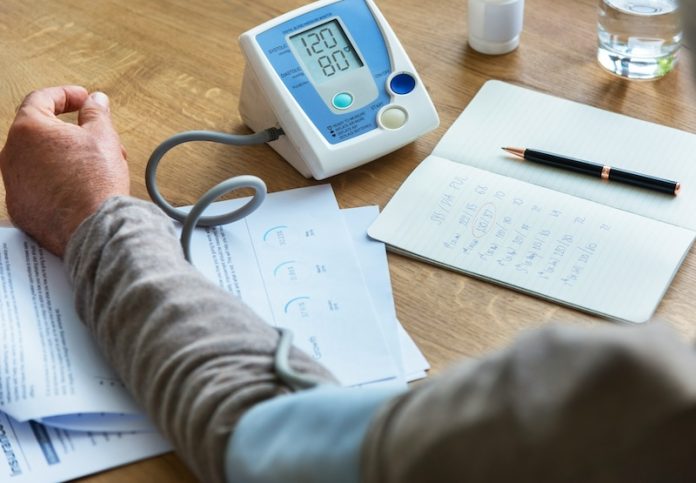
High systolic blood pressure, often just called high blood pressure or hypertension, is a common health issue that can lead to serious problems like heart disease and stroke. It happens when the top number in your blood pressure reading—the systolic number—is too high.
This number shows how much pressure your heart puts on your arteries when it beats. If this number is 130 or higher, it’s considered high.
There are many reasons why someone might have high systolic blood pressure. One of the most common causes is aging. As people get older, their arteries often become stiffer and narrower due to a buildup of fatty deposits. This makes it harder for blood to flow, so the pressure goes up. That’s why high blood pressure is more common in older adults.
What you eat also plays a big role. Foods that are high in salt, like fast food and processed snacks, can raise your blood pressure. Salt makes your body hold on to more water, which adds pressure to your blood vessels. If you eat too much salt and not enough potassium (found in foods like bananas and leafy greens), your blood pressure can go even higher.
Being overweight is another risk. When you carry extra weight, your heart has to work harder to pump blood, which can damage your blood vessels and raise your blood pressure. On top of that, not getting enough exercise makes things worse. Regular physical activity keeps your heart and blood vessels healthy, while a lack of movement increases your risk of hypertension.
Drinking too much alcohol and smoking are also harmful. Alcohol can raise your blood pressure temporarily, but if you drink too often, it can lead to long-term problems. Smoking damages your blood vessels and causes them to narrow, which increases your blood pressure.
Genetics also matter. If high blood pressure runs in your family, you’re more likely to have it too. Stress is another factor. When you’re under constant stress, your body releases hormones that make your blood vessels tighten, which raises your blood pressure.
Certain health conditions, such as kidney disease, diabetes, thyroid issues, or tumors, can also cause high blood pressure. That’s why it’s important to talk to a doctor if your blood pressure is often high.
The good news is that there are many things you can do to lower your systolic blood pressure. Start with your diet. Try to eat less salt and more fresh fruits, vegetables, whole grains, and lean proteins like fish or chicken. Losing even a small amount of weight can also make a big difference.
Exercise is key. Try to get at least 30 minutes of moderate activity—like walking, biking, or swimming—most days of the week. It helps your heart work better and lowers your blood pressure.
Cutting back on alcohol and quitting smoking can greatly improve your heart health. Also, try to manage stress through relaxation techniques like deep breathing, meditation, or gentle yoga.
Make sure to get regular check-ups. Keeping track of your blood pressure helps you notice changes early and allows your doctor to give you the right advice or treatment if needed.
In summary, high systolic blood pressure can be caused by many things, including age, lifestyle, and medical issues. But by making simple changes in your daily habits and checking in with your doctor, you can control it and lower your risk of serious health problems.
If you care about blood pressure, please read studies about unhealthy habits that could increase high blood pressure risk, and people with severe high blood pressure should reduce coffee intake.
For more information about blood pressure, please see recent studies that early time-restricted eating could help improve blood pressure, and results showing plant-based foods could benefit people with high blood pressure.
Copyright © 2025 Knowridge Science Report. All rights reserved.



